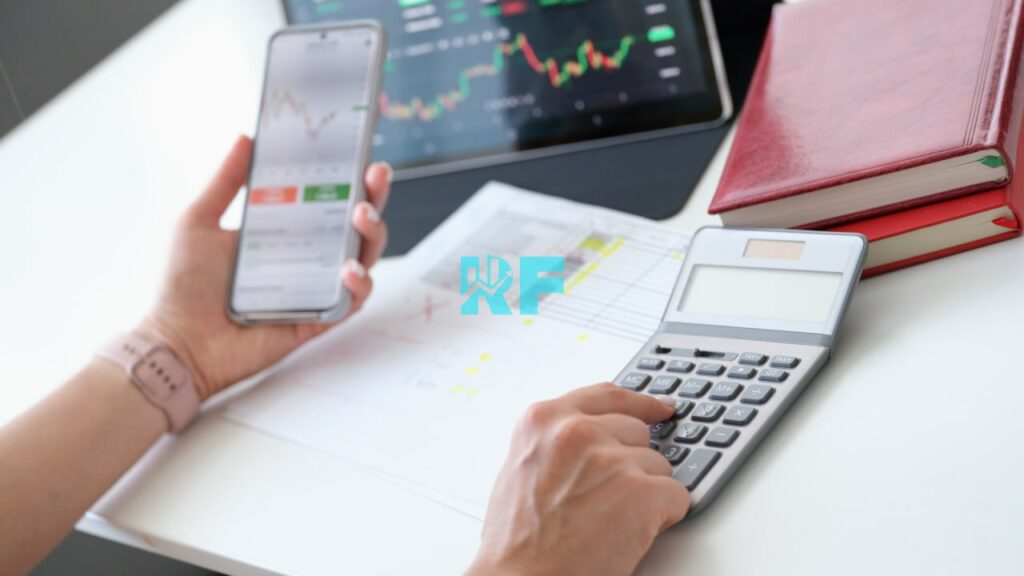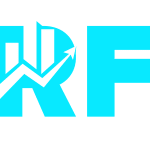3 Effective Steps to Review & Improve your Prop Trading Performance

One of the best ways to enhance your forex prop trading skills and results is to review and assess your trading performance regularly. This will help you identify your strengths and weaknesses, learn from your mistakes, and optimize your trading system.
In this blog post, I will share with you three steps that can help you review and assess your forex prop trading performance effectively and comprehensively:
1. Check your trading system
The first step to reviewing and assessing your forex prop trading performance is to check your system. Your system consists of three main components: your setups, your rules, and your risk management.
Your setups are the conditions that trigger your entry and exit signals. Your rules are the guidelines that govern your trading decisions, such as when to enter, exit, adjust, or close a trade. Your risk management is the strategy that protects your capital and limits your losses, such as how much to risk per trade, how to set your stop-loss and take-profit levels, and how to diversify your portfolio.
You should check your system regularly to make sure that it is aligned with your trading goals, style, and personality. You should also test your system on historical data and in a demo account before applying it to the live market. This will help you verify its validity, reliability, and profitability.
Questions to ask yourself when checking your system are:
- Is my system clear, simple, and consistent?
- Does my system suit my trading time frame, market, and currency pair?
- Does my system match my trading skills, experience, and risk tolerance?
- Does my system have a positive expectancy, meaning it generates more profits than losses over time?
- Does my system perform well in different market conditions, such as trending, ranging, volatile, or calm?
If your answer to these questions is yes, then your system is likely to be effective and suitable for you. If you answer no to any of these questions, then you may need to review, modify, or change your system.
2. Track all your trades
The second step to reviewing and assessing your forex trading performance is to track your trades. Tracking your trades means recording and documenting every trade that you make, including the following information:
- Date and time of entry and exit
- Reason for entry and exit
- Currency pair and direction (buy or sell)
- Entry and exit price
- Lot size and leverage
- Risk per trade (in percentage or amount)
- Stop-loss and take-profit levels
- Trade duration
- Trade outcome (profit or loss)
- Execution quality (good or bad)
- Mistakes made (if any)
- Emotions felt (if any)
You can use a prop trading journal, a spreadsheet, or a software to track your trades. The main purpose of tracking your trades is to collect data and evidence that will help you analyze your performance objectively and accurately.
Some benefits of tracking your trades are:
- It helps you monitor your trading activity and progress.
- It helps you measure your performance and profitability.
- It helps you identify your trading patterns and habits.
- It helps you spot your strengths and weaknesses.
- It helps you learn from your successes and failures.
You should track your trades consistently and diligently, preferably after every trade or at the end of each trading session. You should also track your trades for a sufficient period of time.
3. Study your results attentively
The third step to reviewing and assessing your forex trading performance is to study your results. Studying your results means analyzing and evaluating the data and information that you have gathered from tracking your trades. This will help you understand your performance and behavior better and discover areas for improvement.
Some metrics and indicators that you can use to study your results are:
- Win rate: the percentage of trades that end in profit
- Loss rate: the percentage of trades that end in loss
- Risk-reward ratio: the ratio between the average profit and the average loss per trade
- Profit factor: the ratio between the total profit and the total loss
- Recovery factor: the ratio between the net profit and the maximum drawdown
- Sharpe ratio: the ratio between the excess return and the standard deviation of returns
- Expectancy: the average amount that you can expect to win or lose per trade
You can use these metrics and indicators to compare your performance across different time frames, markets, currency pairs, and trading strategies. You can also use them to benchmark your performance against your trading goals.
Some questions to ask yourself when studying your results are:
- Am I profitable or unprofitable in the long run?
- Am I consistent or inconsistent in my trading results?
- Am I following or violating my system’s setups, rules, and risk management?
- Am I executing my trades well or poorly?
- Am I making any common or repeated trading mistakes?
- Am I experiencing any positive or negative emotions that affect my trading?
If you are satisfied with your results, then you can congratulate yourself and celebrate your achievements. If you are not, then you can identify the root causes of your problems and find solutions to fix them.
How reviewing your trades would improve your trades
Improving your trading means applying the insights and lessons that you have learned from studying your results to enhance your trading system, skills, and mindset. Some ways to improve your prop trading performance would be:
- To master your best trading setup: Focus on the setup that gives you the highest win rate, risk-reward ratio, and expectancy, and trade it with confidence and discipline.
- To create rules to fix your mistakes: Establish clear and specific rules to prevent or correct the mistakes that you tend to make, such as overtrading, undertrading, chasing, revenge trading, etc.
- To understand the emotions that cause your mistakes: Recognize and acknowledge the emotions that trigger your trading mistakes, and learn how to cope with them effectively.
- To seek feedback and guidance: Seek feedback and guidance from other traders, mentors, coaches, or experts who can help you improve your trading performance and psychology.
- To keep learning and practicing: Keep learning and practicing new trading concepts, techniques, and strategies that can help you improve your trading performance and edge.
In conclusion, reviewing and assessing your forex prop trading performance is an effective way to understand your trading habit or behavior and improve your trading skills.
You should aim to do this periodically (weekly, monthly, quarterly, or yearly).



